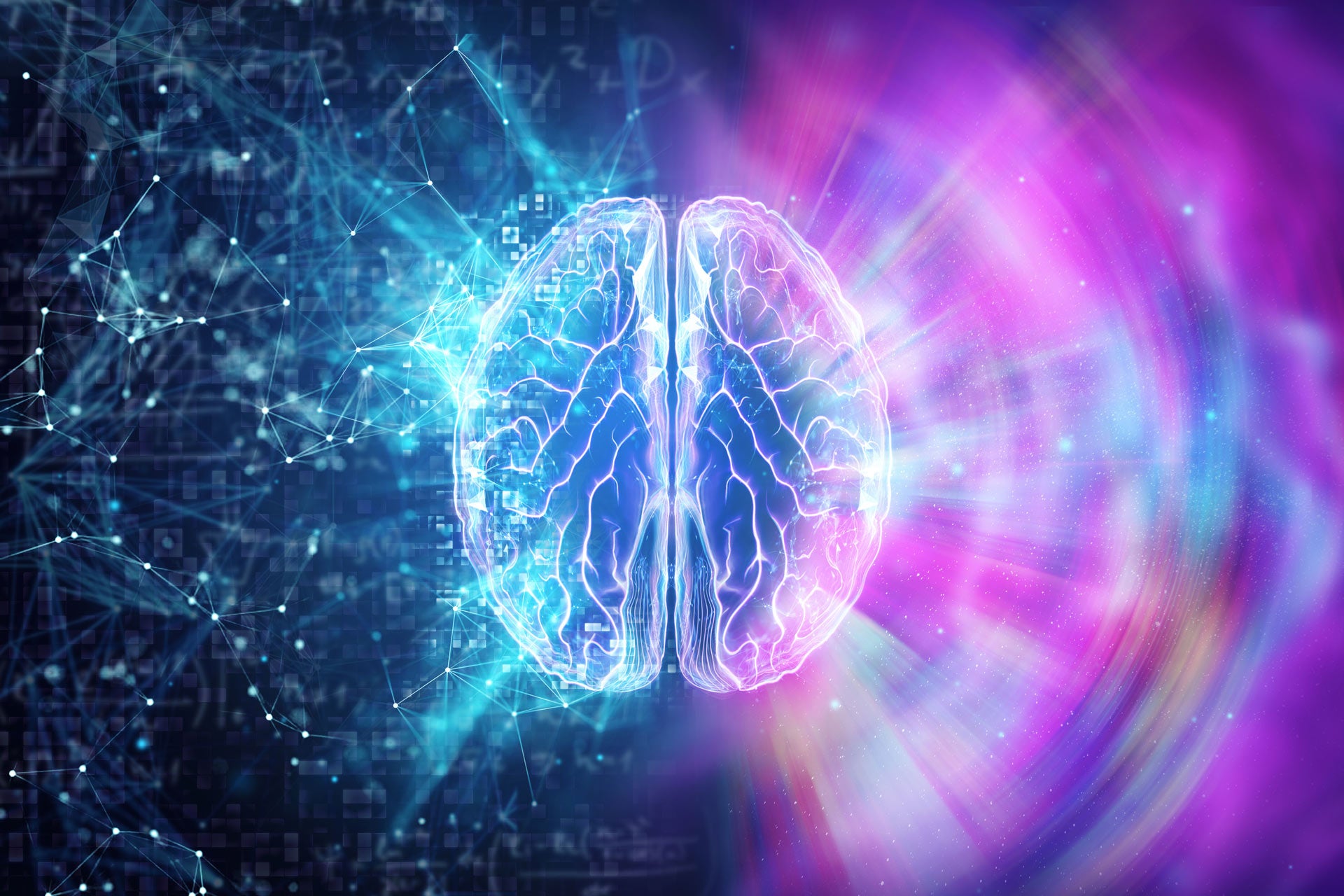
ToE Epilogue
Epilogue: The Continuing Path
As we conclude our exploration of the Poia Theory of Everything, we find ourselves not at an ending but at a beginning. The framework we have examined is not a closed system but an open invitation—a doorway to deeper engagement with the nature of reality and our place within it. Like consciousness itself, this theory continues to evolve, expand, and deepen through our participation with it.
The journey through the fundamental trinity of energy, frequency, and vibration has revealed a universe more interconnected, more conscious, and more responsive to our awareness than conventional paradigms suggest. We have seen how consciousness operates as a field phenomenon rather than an emergent property, how it propagates beyond physical boundaries, and how it participates in the collapse of quantum possibilities into actualized reality. We have explored the relationship between complexity and consciousness, the mechanisms of resonance and coherence, and the principles that govern the interaction between potential and manifestation.
Yet these explorations represent not final conclusions but initial steps on a path that continues to unfold before us. The Poia Theory, by its very nature, resists finality—it is a living framework that grows and evolves through engagement, application, and integration of diverse perspectives and experiences.
As we move forward from here, several pathways of development await us:
The path of personal application invites us to embody these principles in our daily lives—to work consciously with energy, frequency, and vibration in our thoughts, emotions, and actions. By understanding ourselves as fields of consciousness that interact with the field of potential through resonance, we can approach our challenges and aspirations with greater awareness and effectiveness. We can learn to shift our own vibrational patterns through practices of presence, openness, intention, and action, creating greater coherence within ourselves and more harmonious relationships with others and our environment.
The path of collective exploration calls us to engage with these ideas in community—to share insights, test hypotheses, and develop applications together. The Poia Theory is not meant to be a solitary pursuit but a collaborative endeavor that benefits from diverse perspectives and experiences. By bringing together scientists and contemplatives, artists and engineers, healers and educators, we can create a richer, more nuanced understanding of how consciousness and reality interact. This collective exploration may lead to new research directions, innovative technologies, and transformative social practices that embody the principles of resonance, coherence, and conscious co-creation.
The path of scientific investigation challenges us to develop rigorous methodologies for testing and refining the propositions of the Poia Theory. While some aspects of consciousness may resist conventional measurement, creative approaches can help bridge subjective experience and objective observation. New instruments might be developed to detect subtle field effects, quantum coherence in biological systems could be further explored, and the relationship between complexity and consciousness could be mapped with greater precision. This scientific path does not require abandoning the subjective dimension but rather developing approaches that honor both objective measurement and direct experience.
The path of philosophical integration invites us to continue refining the conceptual framework of the Poia Theory, addressing potential contradictions, exploring implications, and engaging with other philosophical traditions. This intellectual development helps ensure that the theory remains coherent, comprehensive, and capable of addressing the full range of phenomena it seeks to explain. It also helps translate the insights of the theory into language that can engage with diverse intellectual traditions and paradigms.
The path of practical application calls us to develop technologies, methodologies, and systems that embody the principles of the Poia Theory in concrete ways. From healing modalities that work with consciousness fields to educational approaches that honor the role of awareness in learning, from communication technologies that enhance coherence to organizational structures that facilitate collective intelligence—the practical expressions of this framework are limited only by our creativity and commitment. These applications provide not only benefits in themselves but also feedback that helps refine and develop the theory.
The path of spiritual deepening recognizes that the Poia Theory is not merely an intellectual framework but a doorway to direct experience of the nature of consciousness and reality. Through practices of meditation, contemplation, and presence, we can explore firsthand the field nature of consciousness, the principles of resonance and coherence, and the relationship between individual and universal awareness. This experiential dimension provides insights that cannot be accessed through intellectual analysis alone, enriching our understanding and embodiment of the theory.
As these paths unfold before us, we are reminded that the Poia Theory itself represents a particular moment in an ongoing evolution of understanding. It builds upon insights from quantum physics, consciousness studies, complexity science, and wisdom traditions, integrating them into a coherent framework while remaining open to further development. Future generations will undoubtedly refine, expand, and perhaps transform aspects of this theory as new discoveries emerge and consciousness continues to evolve.
This evolutionary quality reflects a core principle of the theory itself: that reality is not static but dynamic, not fixed but flowing, not predetermined but participatory. The universe is not a finished product but an ongoing process of becoming, with consciousness playing an active role in shaping how potential manifests into actuality. Our theories about reality are themselves part of this creative process, influencing how we perceive, interpret, and engage with the world around us.
The greatest value of the Poia Theory may lie not in its specific propositions but in its invitation to engage more consciously with the fundamental questions of existence: What is the nature of reality? How does consciousness relate to the physical world? What is our role in the cosmic process? By approaching these questions with both intellectual rigor and experiential openness, we participate more fully in the evolution of consciousness itself.
As we conclude this exploration, we recognize that the true test of any theory of everything lies not in its abstract elegance but in its capacity to enhance our lived experience and engagement with reality. Does it help us navigate complexity with greater awareness? Does it foster more harmonious relationships with ourselves, others, and our environment? Does it contribute to the evolution of consciousness toward greater coherence, compassion, and creativity? These questions can only be answered through ongoing engagement and application.
The Poia Theory reminds us that we are not passive observers of an independent reality but active participants in an interconnected field of consciousness and potential. Our awareness, intention, and action matter—they influence which possibilities become actualized, which patterns become stabilized, which futures become realized. This participatory understanding carries with it both profound responsibility and extraordinary possibility.
In a world facing unprecedented challenges and opportunities, from ecological crises to technological transformations, from social upheavals to spiritual awakenings, we need frameworks that can help us navigate complexity while honoring both scientific understanding and subjective experience. The Poia Theory offers such a framework—not as a final answer but as a living invitation to more conscious participation in the unfolding of reality.
As you close these pages and continue your own journey, remember that you are not separate from the field of consciousness that permeates all existence. Your awareness, your intention, your presence matters. You are both a unique expression of the universal consciousness field and a participant in its ongoing evolution. Through your resonance with specific frequencies in the field of potential, you help shape which possibilities become manifest in your life and in our shared reality.
May this understanding inspire you to engage more consciously with the dance of energy, frequency, and vibration that constitutes our universe. May it help you recognize the power of your own consciousness to influence the field of potential through resonance and coherence. And may it connect you more deeply with the vast field of awareness that unites us all, beyond the apparent boundaries of separate selfhood.
The exploration of the Poia Theory of Everything does not end here—it continues through you, through your questions and insights, your applications and innovations, your presence and participation. For in the end, this is not merely a theory about reality but an invitation to engage more consciously with the reality we co-create together, moment by moment, through the interplay of consciousness and potential.
And so, we do not say goodbye but rather: the journey continues. The dance of energy, frequency, and vibration goes on. The field of consciousness evolves through our participation. And the point of it all—the meaning that emerges through our engagement with existence—continues to unfold in ways we can influence but never fully predict or control.
In this ongoing dance between knowing and mystery, structure and flow, individual and universal, we find not final answers but ever-deepening questions that lead us further into the heart of reality itself. And perhaps that journey of exploration, that dance of discovery, that evolution of awareness—perhaps that is, indeed, the point of it all.
